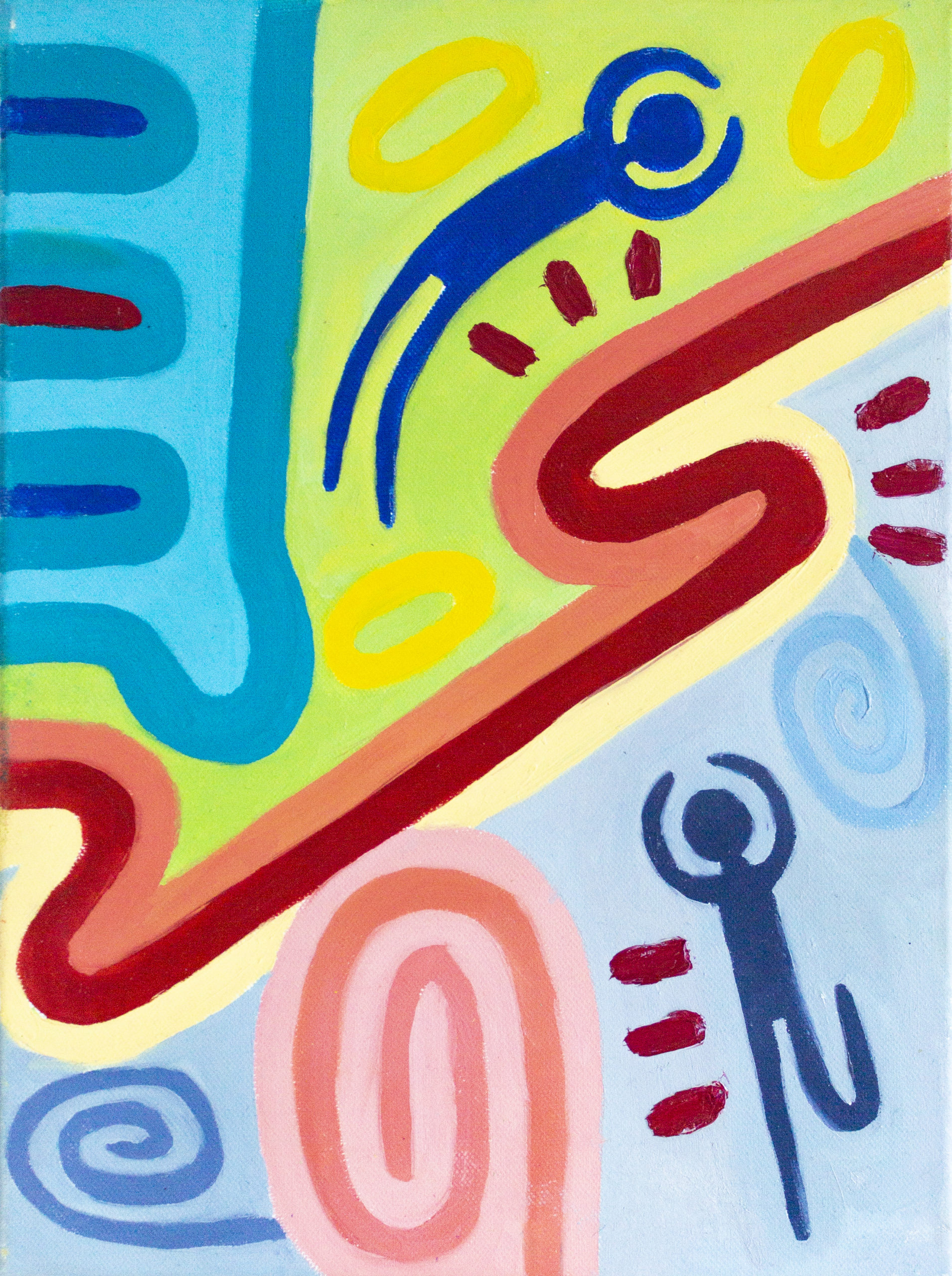After taking a long break from the last article, here I am, back with an incredible interview with a highly interesting creator. Describing herself as a person of many identities, Yiou Wang is a young Beijing-born multimedia artist, observer, writer, storyteller, architect, and designer. More than just collecting information, during our talk I felt like a novice listening to an aspiring master since she has, in her 25 years of life, covered various topics and mediums in-depth.

Yiou is currently working in Copenhagen, where she took a leave from her architectural courses at Harvard. Her understanding of mediums has shifted and expanded in time, especially when she entered architecture. Starting from more traditional art techniques, she came to understand that her direct, intimate approach was not sufficient to satisfy her desire to reach a broader audience. The private relationship established between the creation of an artwork and the artist remains hidden within the frames of the making itself, and therefore its message and its meaning are “obscured” to the public’s eyes. Just as Yiou claims “it is no surprise that the need and private desire to create in today’s contemporary art, unlike in older times, does not include the purpose of visually gratifying the audience. Artists are not interested in pleasing you anymore.” Her architectural training opened up new dimensions of freedoms for her, as she grasped different transmedia technologies such as video, architecture, animation, game, and mixed- realities. In fewer words, the world of multimedia.
THE MOVING MAZE

In this project, we can find what is explicitly the idea of a maze. You can find more about the topic further on in the article. In collaboration with Yujie Wang, Yiou decided to completely reimagine how this architectural structure would look. The original idea was delivered in the medium of a video game, but not a typical one. By using one single modular “L” element to create a space, the player must deal with another level of uncertainty because as they learn how to play, the game learns as well. You take one step and the maze changes its shape accordingly. In the Moving Maze, we do not witness a typical static maze design, but rather a dynamic balance between the player and the system, between human and architecture. Check it out here.
Yiou is very interested in the concept of gaming, even though she is not from the field. Now, do not narrow down the definition of gaming to those violent, homicidal video games which I first imagined. There is something incredibly engaging and much broader behind the idea of gamification, which I must say, has taken me by surprise. The desire to play is a primitive one, which can be found both in animals and in humans. Yet what’s so impressive is that is not needed for survival. Just as in the common narrative, birds sing to protect their territory and attract potential partners, they actually end up singing all the time.
“This surplus in their nature is counterproductive and not needed for their survival. They lose energy and increase the risk of being exposed to predators. This is called behavior of excess. Birds or humans, I am intrigued by this mysterious part of our nature – excess labor and the architectural prototype of the maze is a structure that spatializes excess labor”.
FORKING PATH

Forking Paths refers to a reinterpreted Italian cistern, designed to be a place of discovery and wonder. In collaboration with Linru Wang, the name is inspired by Jorge Louis Borges’ tale “The Garden of Forking Paths”, written in 1941. The ancient underground structure was transformed into a contemporary art space, disrupting the concept of traditional columns and walking paths. The spatial relationship is inverted. Here too, we can subconsciously find, similar patterns which refer to the essential structure of a maze. A complex repetitive composition, which also alludes to Matthew Spellberg’s theory of the state of dreamers.
You might think, what does a maze have to do with gaming? Well, Yiou cleared that up for me. She has a peculiar fascination for mazes and labyrinths, a common theme that can be found, whether intentionally or subconsciously, in most of her projects. It is as if this interest of hers, specifically the mechanism of mazes and labyrinths, was hidden behind an architectural critique. She explains to me how the latter should shelter us from the unknown, but the concept of the maze disrupts that. It goes against all of the traditional ideas of architecture. It is a structure “of deliberate discomfort”. It disorients you, and when one chooses to walk in a structure of uncertainty, with no evidence of an end purpose, it responds to the human nature to game.
CARBON SPRING

This peculiar monument was imagined beside the pyramids of Giza, in Egypt. Evoking the different interpretations that “spring” has, such as water, awakening, life, hope, this architecture contrasts the dry desert of Egypt. Its spiral internal structure refers to a classical element of how labyrinths are designed. Carbon Spring transforms the carbon dioxide found in the air into water, creating spas to enjoy. While people relax in the waters, at the same time they are reminded of the gasses in the air.
WHAT IS YOUR VISION
The conversation between Yiou and me took many directions, and unfortunately, not everything fits into a single article. I had to eliminate many of my darlings. Nevertheless, before concluding, I asked her what her vision is towards the world and her creative work. “I am very intrigued by the concept of the game. I am not a big gamer, not starting from a kid; I am more interested in the mechanics of games and the possible scenarios they frame. Games can be potent in engaging people and conveying messages, and I’m focused on merging games with art, working on the sensual. With games, you can set rules of action and give players different kinds of psychological rewards. People can stay engaged in the contemplative zone you create. To conclude, I am interested in bringing contemporary art and the game medium together to forward speculations that, potentially, can bring about transformative changes in people’s minds.”
Personally, I felt I learned so much in my interview with Yiou and hopefully you have as well by reading this article. I have no doubts there is much awaiting her in the future. If you want to take a closer look behind the scenes of Yiou’s brilliant work, check out her website linked below. You surely do not want to miss out on her next projects!
All images were authorized. Copyright @YiouWang





Comments
surprise and amazing!